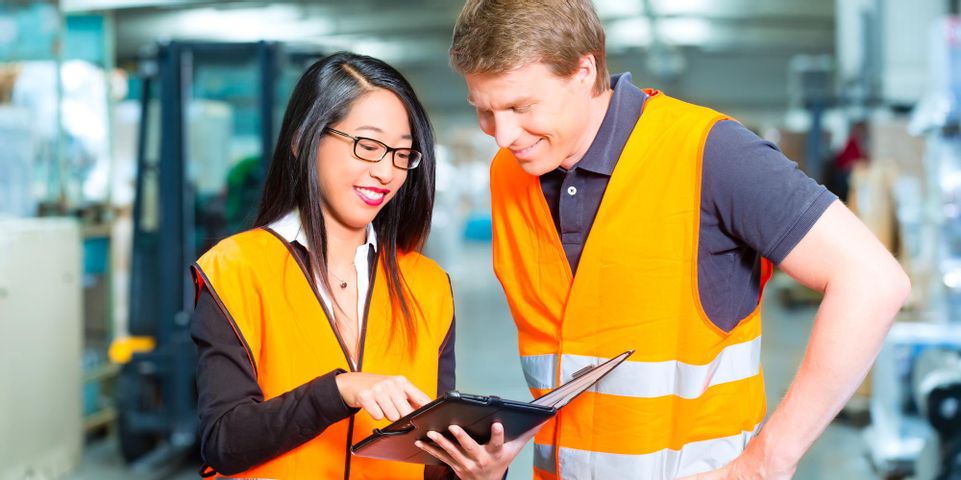What You Should Know About Thermoforming Plastic

If your business uses plastic components or packaging, you most likely have a connection with a custom plastics company. While the product helps your company function and succeed, do you know how exactly that item was crafted? Below is a summary that explains the plastic fabrication process.
How Does the Thermoforming Process Work?
Initial Stages
 Before a model is made, you’ll create a 3-D design using computer-aided design (CAD) software. This digital mock-up allows designers to troubleshoot potential weak areas in the component. They can later show this to their customers, who will communicate their suggestions to optimize the custom plastic product. Once the customer settles on a design and color scheme, the designers will select the best material for the application. Based on the design, the fabricator will create a mold that will allow the customer to create as many components as they need, without room for errors.
Before a model is made, you’ll create a 3-D design using computer-aided design (CAD) software. This digital mock-up allows designers to troubleshoot potential weak areas in the component. They can later show this to their customers, who will communicate their suggestions to optimize the custom plastic product. Once the customer settles on a design and color scheme, the designers will select the best material for the application. Based on the design, the fabricator will create a mold that will allow the customer to create as many components as they need, without room for errors.
Production
After preparation, the thermoforming process begins. Essentially, a sheet of plastic is heated until it’s malleable. Then, it’s shaped to the mold using a vacuum or air pressure. It’s later cooled until it’s safe to remove from the mold, and it’s trimmed to remove any excess material. In this stage, the components can also be fitted with holes for screws or notches to connect to other parts. Lastly, the designer applies cosmetic paint, and the product is finally ready for use by your business.
If you need custom plastics for your business, you can rely on Faro Industries in Rochester, NY. They serve clients across the world—including China, Canada, and Mexico—in industries as diverse as food service, medical manufacturing, retail packaging, and automotive production. To learn more about their full range of services, visit their website. You can also call them at (585) 647-6000 to discuss the custom plastic needs of your business.
About the Business
Have a question? Ask the experts!
Send your question

